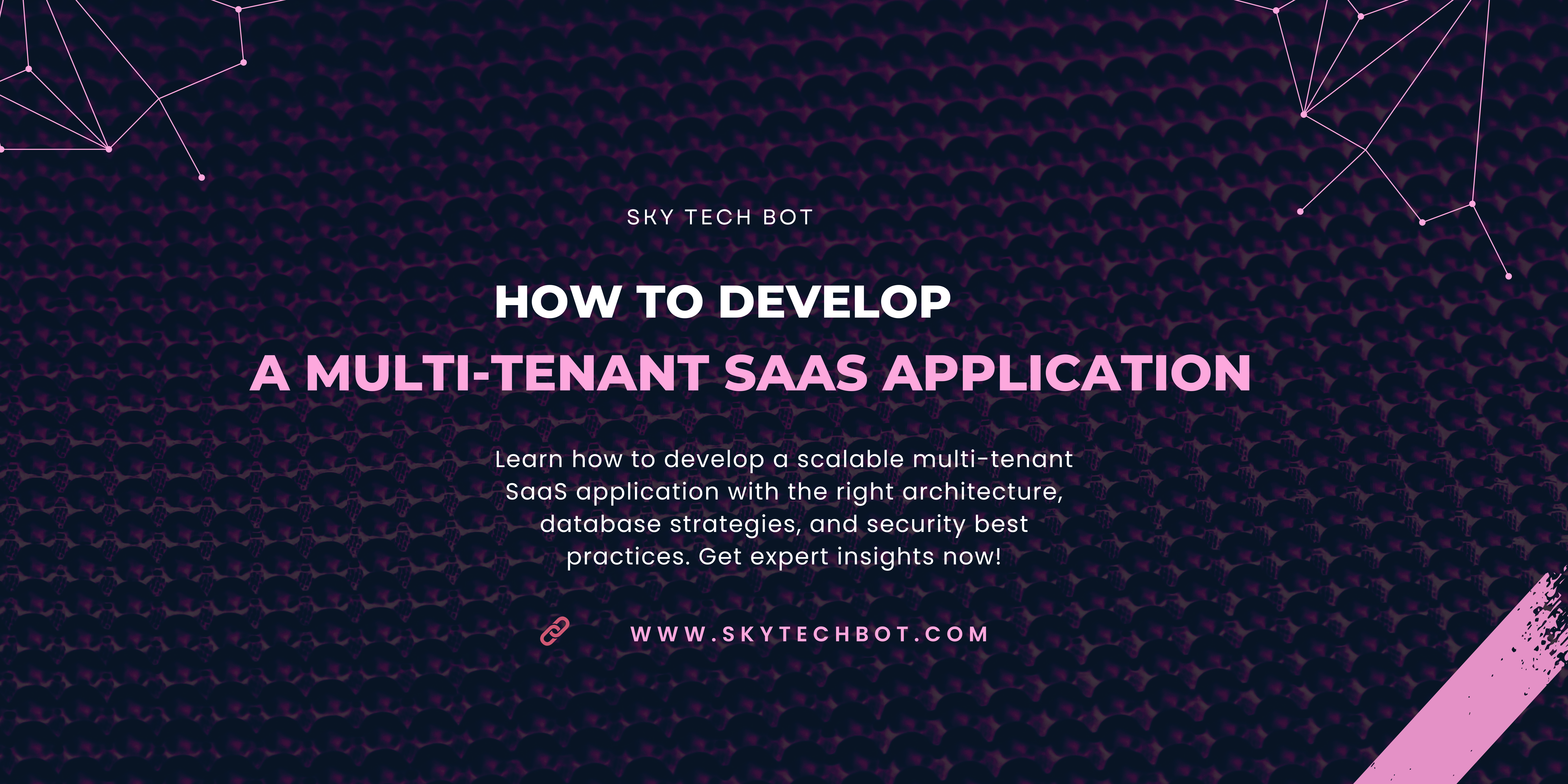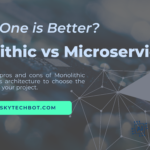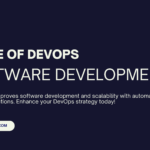Multi-tenant SaaS applications are gaining massive popularity as businesses seek scalable and cost-effective cloud solutions. A well-designed multi-tenant architecture allows multiple customers (tenants) to share the same software instance while maintaining data security and isolation.
What is Multi-Tenancy?
Multi-tenancy is an architecture where a single software instance serves multiple tenants, each with isolated data. It reduces infrastructure costs while maintaining high scalability and efficiency.
Key Benefits of Multi-Tenant SaaS
- Cost Efficiency: Shared resources reduce operational expenses.
- Scalability: Easily handle growing users and data.
- Maintenance Simplification: One software version for all tenants.
- Improved Performance: Optimized resource allocation.
- Automatic Updates: Seamless software upgrades across tenants.
Step 1: Choose the Right Architecture
There are two common multi-tenant architectures:
- Database-per-Tenant: Each tenant has a separate database. Ensures data isolation but increases management complexity.
- Shared Database, Tenant-Specific Schema: All tenants share a database, but each has a unique schema.
- Fully Shared Database and Schema: Simplifies management but requires strict data access control.
Step 2: Choose the Right Tech Stack
Choosing the right technologies ensures high performance and security.
- Backend: Node.js, Django, Ruby on Rails, Spring Boot
- Frontend: React.js, Angular, Vue.js
- Database: PostgreSQL, MySQL, MongoDB
- Cloud Hosting: AWS, Google Cloud, Azure
- Authentication: OAuth 2.0, JWT
Step 3: Implement Secure Authentication & Authorization
Ensure tenant data privacy using authentication and role-based access control.
- OAuth 2.0 & JWT: Secure authentication and token-based access.
- Role-Based Access Control (RBAC): Define permissions per tenant.
- Encryption: Use AES-256 encryption for data security.
Step 4: Optimize Database & Data Partitioning
Proper database strategies prevent performance issues and ensure scalability.
- Sharding: Distribute tenant data across multiple databases.
- Indexing: Optimize query performance.
- Connection Pooling: Efficient database connections.
Step 5: Multi-Tenant SaaS Security Best Practices
- Tenant Isolation: Prevent unauthorized data access.
- Secure APIs: Implement strong authentication for APIs.
- Data Backups: Regular backups to prevent data loss.
- Monitoring: Use tools like Prometheus and Datadog for real-time security monitoring.
Step 6: Testing & Deployment
Before going live, test thoroughly and deploy securely.
- Load Testing: Ensure performance under heavy traffic.
- Penetration Testing: Identify security vulnerabilities.
- CI/CD Pipelines: Automate testing and deployments.
Case Study: Successful Multi-Tenant SaaS Applications
Companies like Slack, Shopify, and Salesforce use multi-tenant architectures to serve millions of users efficiently.
Build Your Multi-Tenant SaaS with Ease!
Want to build a scalable SaaS application? Contact us today and turn your vision into reality!
Frequently Asked Questions (FAQs)
1. What is the best database for multi-tenant SaaS?
PostgreSQL and MySQL are popular choices due to their scalability and performance.
2. How do I handle user authentication in a multi-tenant app?
Use OAuth 2.0 or JWT for authentication and implement RBAC for access control.
3. What are the challenges of multi-tenancy?
Data isolation, security, and performance optimization are the key challenges in multi-tenant SaaS development.
4. Can I migrate a monolithic app to a multi-tenant SaaS?
Yes, but it requires careful architectural planning, database refactoring, and API enhancements.
Need expert guidance? Let’s discuss your project today!


